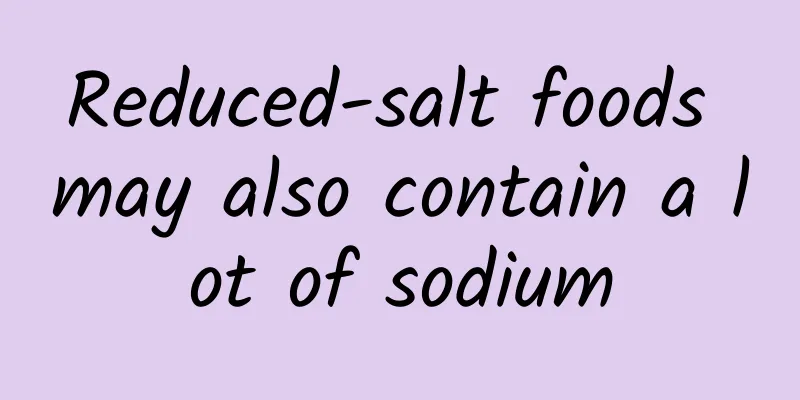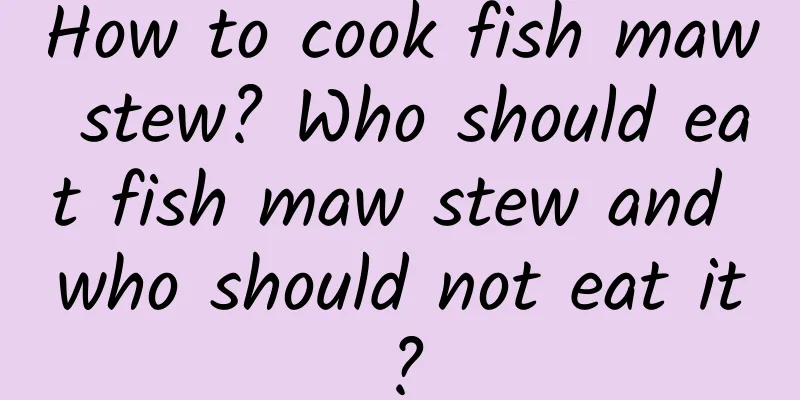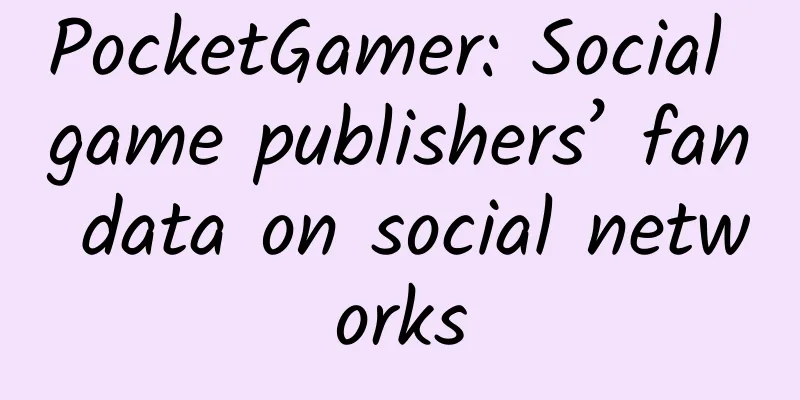Reduced-salt foods may also contain a lot of sodium

|
"The seven necessities of life are firewood, rice, oil, salt, soy sauce, vinegar and tea." The importance of salt in people's daily life is self-evident, but excessive salt intake may also cause chronic diseases such as high blood pressure. In recent years, with the continuous improvement of people's health awareness, "reducing salt" has become a new lifestyle trend. Recently, major domestic e-commerce platforms have launched online activities for New Year's goods. Foods labeled "reduced salt" such as reduced-salt soy sauce, reduced-salt pickles, and reduced-salt oyster sauce are very popular among consumers. Since it is a reduced-salt food, with less salt in it, can we eat it without worry? In this regard, the Science and Technology Daily reporter interviewed Ruan Guangfeng, director of the Science and Technology Communication Department of the Kexin Food and Health Information Exchange Center. Reduced-salt foods do not necessarily contain less sodium The main component of common table salt is sodium chloride. Many consumers think that reduced-salt foods are low-sodium foods, which is a big mistake, because the sodium content of some reduced-salt foods is not necessarily low. Through investigation, the reporter found that the sodium content per 100 grams of food on the nutrition labels on the outer packaging of some reduced-salt foods was even more than 2,000 mg, which is close to the daily sodium requirement of the human body (2,000-2,500 mg). Why is there so much sodium in reduced-salt foods? Ruan Guangfeng told reporters that this is because "the country has no unified standard for the sodium content of reduced-salt foods" and the specific amount of salt reduction depends entirely on industry self-discipline. Reporters learned that according to my country's "General Principles for Nutrition Labeling of Pre-packaged Foods", foods that claim to have reduced sodium (salt) content must have a sodium content of more than 25% less than the reference food. Simply put, if a food wants to claim to have "reduced salt", it only needs to find a familiar similar food for benchmarking, and make the sodium content of the reduced-salt food more than 25% lower than the benchmark food. In other words, salt reduction is a relative percentage, not an absolute value. If the sodium content of the benchmark food is too high, even if the sodium content is reduced by more than 25%, the sodium content of the reduced-salt food may still be too high. "In addition, the taste of reduced-salt foods may also cause consumers to inadvertently consume more salt." Ruan Guangfeng added that many consumers pay attention to the taste when choosing food. Some reduced-salt condiments have a moderate amount of salt reduction, but the taste may be much lighter, which leads people to add more reduced-salt condiments when cooking to achieve a satisfactory taste. "For example, reduced-salt soy sauce has been very popular in recent years, but its taste is not as good. The flavor that used to be achieved with one spoon of soy sauce may now require 2 to 3 spoons. Calculated in this way, the total salt intake may have increased." Read nutrition labels and buy low-sodium foods Relevant experts remind that scientific salt reduction needs to start from the "source" and try to buy low-sodium foods. "Low sodium does not mean salt reduction." Ruan Guangfeng emphasized, "According to the requirements of the General Principles of Nutrition Labeling of Pre-packaged Foods, a food can be called low-sodium food only if the sodium content per 100 grams is less than or equal to 120 mg. Therefore, reduced-salt foods are not necessarily low-sodium foods. On the contrary, many reduced-salt foods still fall into the category of high-sodium foods." To identify which foods are low-sodium foods, it all comes down to the sodium content itself. Nutrition labels on pre-packaged food packaging bags help consumers understand the sodium content of foods. Experts say that consumers should pay special attention to the sodium content in the nutrition label on the food packaging, and make sure whether the unit is "per 100 grams" or "per serving"; if the unit is "per serving", they should also make sure how many grams are in each serving in order to calculate the sodium content in the food. "Eating low-sodium foods, low-sodium salt, etc. can control sodium intake to a certain extent, but patients with kidney disease need to consult a doctor and not blindly choose low-sodium salt," Ruan Guangfeng added. In addition, scientific salt reduction needs to start from the kitchen and reduce the use of salt during cooking. Ruan Guangfeng said that you can use a limited amount of salt spoons in the kitchen and cleverly choose natural ingredients and seasonings to enhance the flavor and freshness, which can increase the diversity of food while reducing the use of salt. For example, you can use onions, ginger, garlic, chili peppers, peppercorns, lemons and vinegar to enhance the flavor; chicken essence, soy sauce, oyster sauce, sauces and other seasonings contain high sodium, so they should be used in moderation and reasonably matched when enhancing the flavor. "Studies have shown that reducing cooking salt by 5% to 10% usually does not have a significant impact on the taste of dishes, and helps people gradually adapt to and develop light and low-salt eating habits," said Ruan Guangfeng. Finally, reducing salt intake should not only control the intake of "visible salt" such as table salt, chicken essence, monosodium glutamate, and soy sauce, but also pay attention to reducing the intake of "invisible salt". Biscuits, potato chips and other foods have high sodium content due to the limitations of the production process. Even if they do not taste salty, it is not advisable to eat too much. "Although eating too much salt is not good, the sodium in salt is an indispensable element for regulating human physiological functions and plays an important role in maintaining normal physiological activities and functions of the body. Too little or no intake will lead to fatigue, weakness, and lethargy." Ruan Guangfeng concluded, "We need to reduce salt intake scientifically, but we can't go too far." |
<<: There are five principles of longevity diet
>>: Why eating enough nutrition can help you lose weight successfully
Recommend
How to calculate how many months is 25 weeks of pregnancy
In fact, in daily life, many women have to do hea...
How much do primary school students grow in height and weight each year? Will attending tutoring classes affect children's growth?
Author: Liu Li, Chief Physician, National Childre...
What are the traps for 30-year-old women to lose weight
After the age of 30, not only men are prone to ga...
Breast 4a benign or malignant
Breast 4A is a malignant tumor. The probability o...
Girls who don't have dysmenorrhea suddenly have dysmenorrhea
In real life, there are two kinds of women: one i...
What ointment should I use for my vulva swelling?
Vulvar redness and swelling is a common condition...
Why is millet porridge white in color? Can you eat millet porridge if it is cooked white?
We all know that millet porridge is a popular nut...
How is heart bypass surgery performed? How long can the newly constructed blood vessels last?
Author: Wang Huaibin, Chief Physician, Beijing Ho...
It’s okay for children to drink carbonated drinks, as it won’t affect their bone development?
The truth: This is not true. Frequent drinking of...
Can eating durian help grow endometrium?
Durian contains a lot of nutrients and is commonl...
What to eat during menstruation to reduce heat the fastest
Many female friends will easily get angry during ...
Farting during early pregnancy means it's a boy
In the eyes of many people, the gender of the fet...
What is the reason for pregnant women to vomit yellow water in the morning
Pregnant women always encounter various problems ...
Can squeezing pimples in the dangerous triangle area kill you?
There is some exaggeration. The "danger tria...









